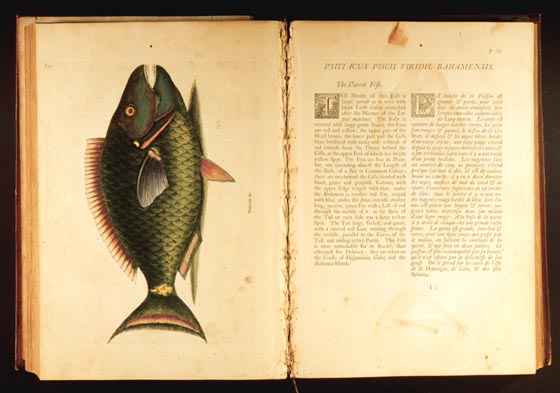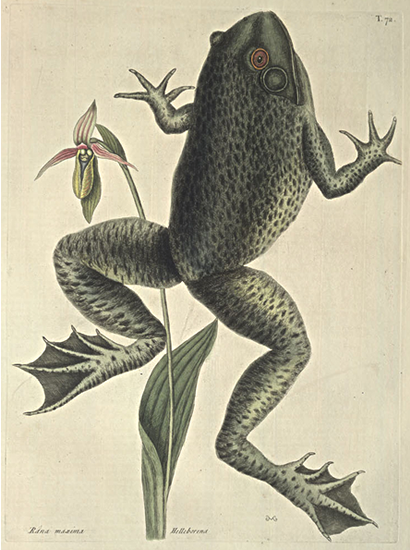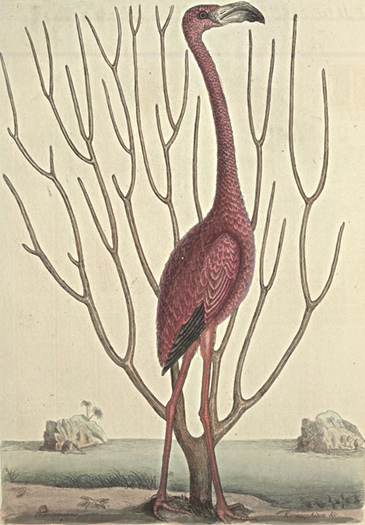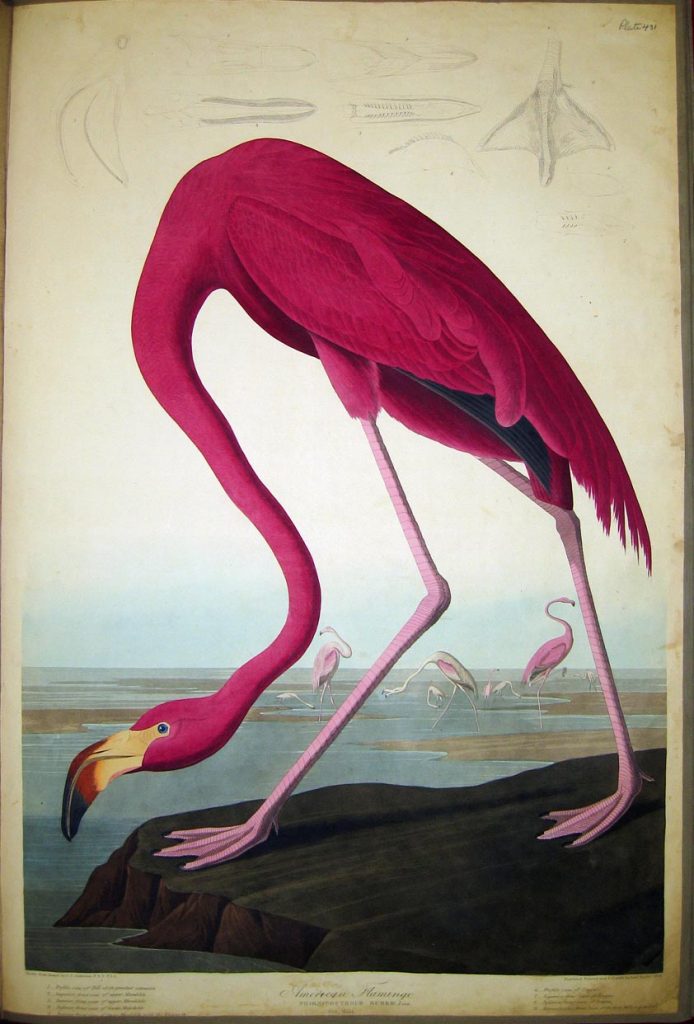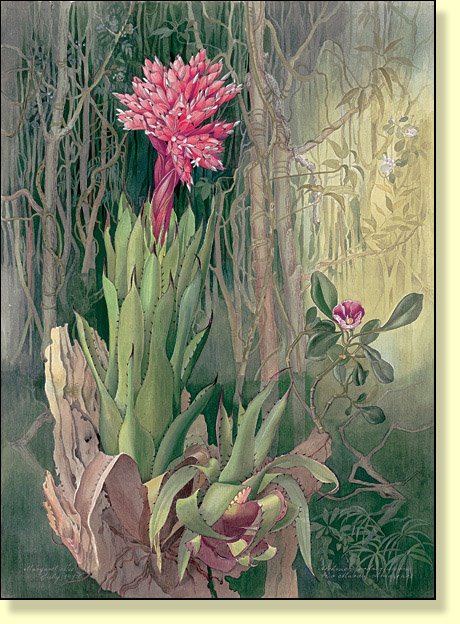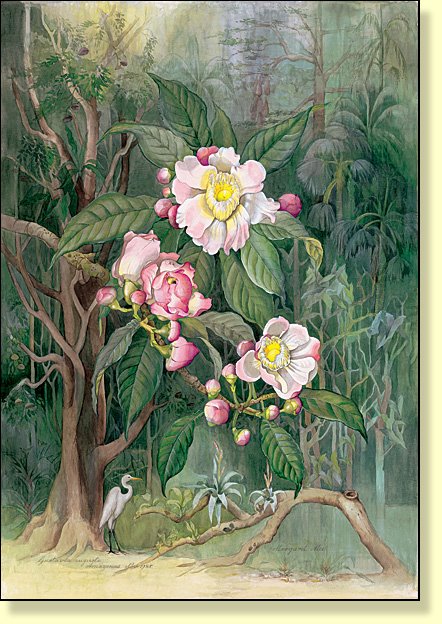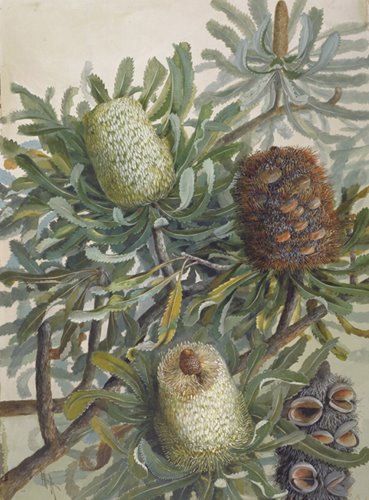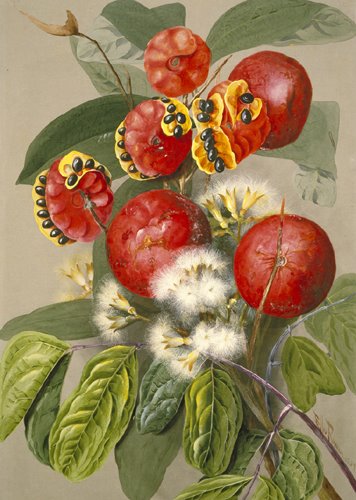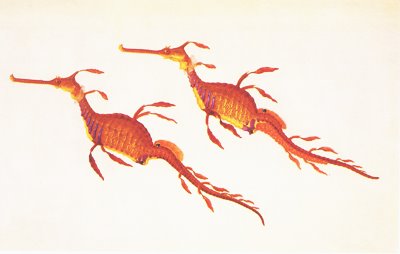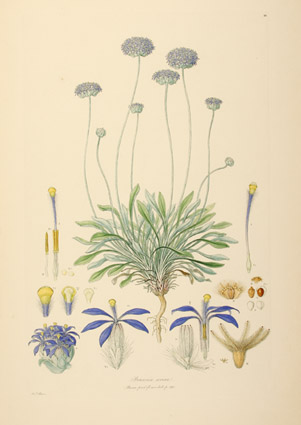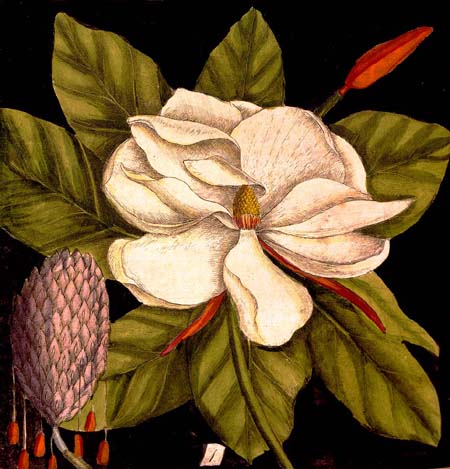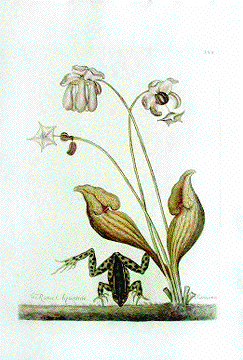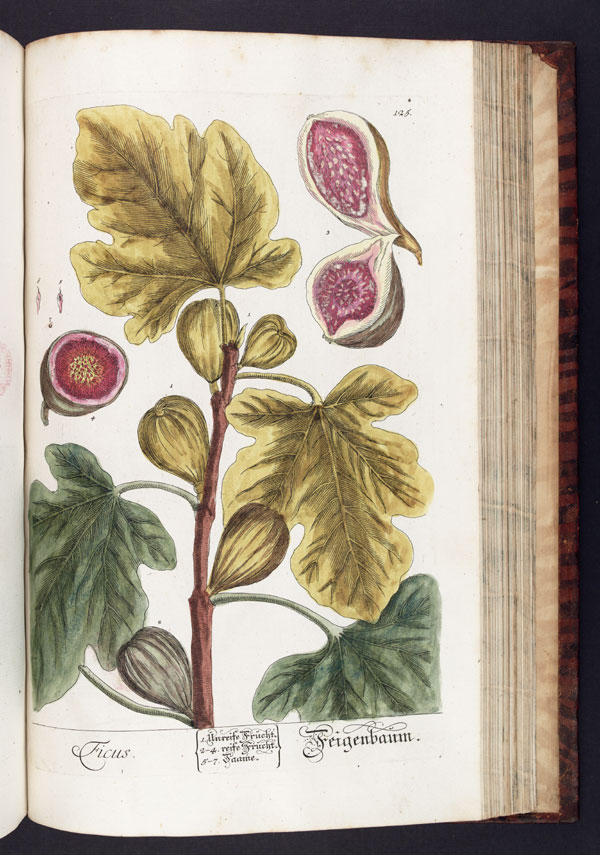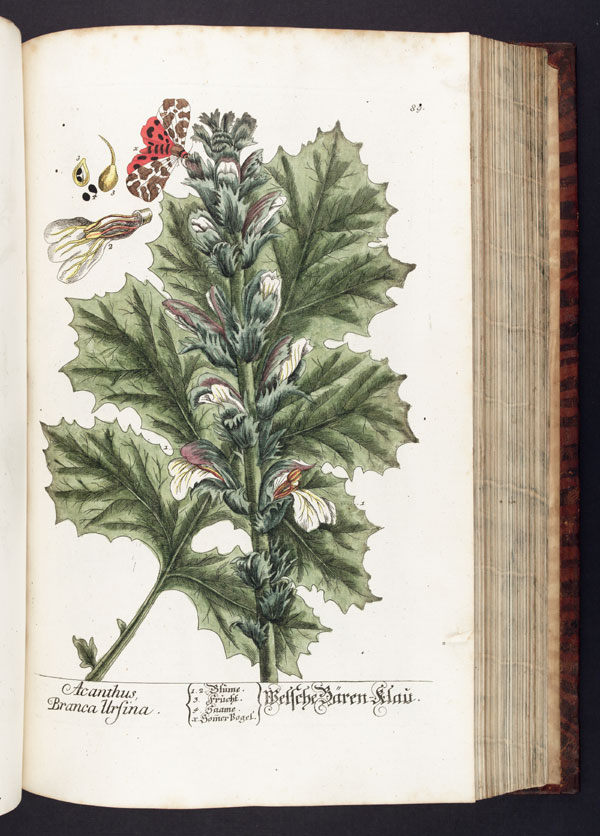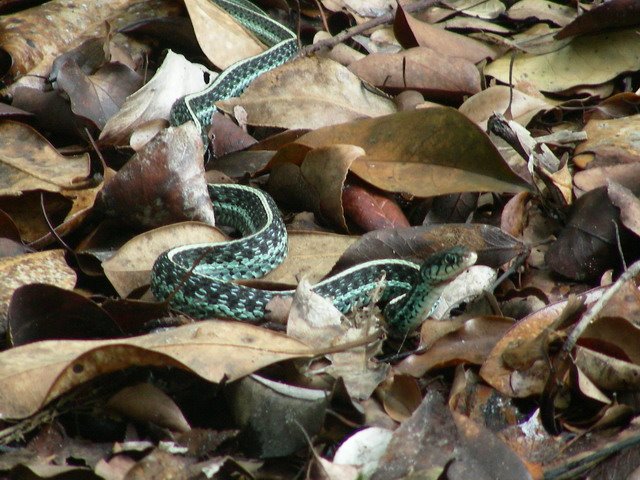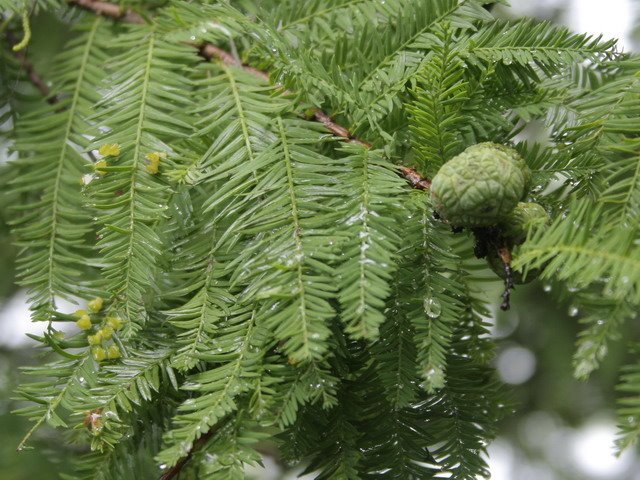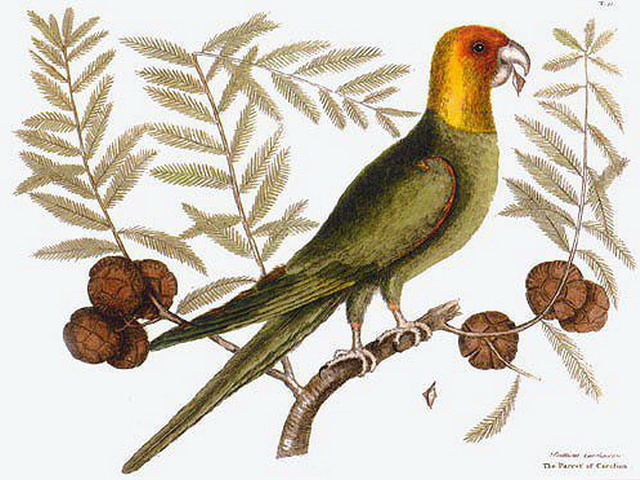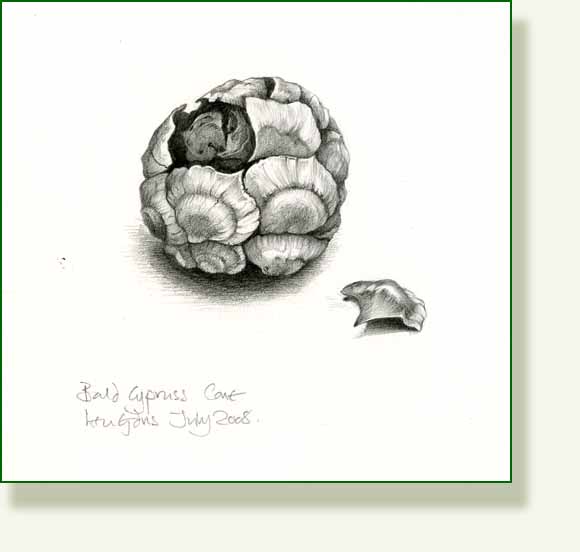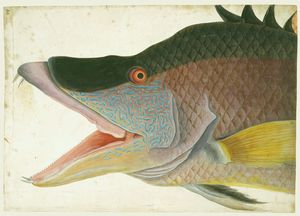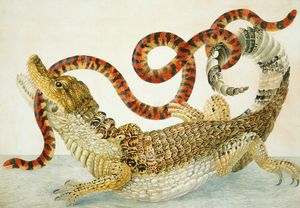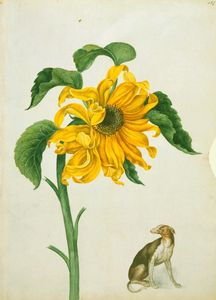The essay is just about finished but, of course, I keep finding more fascinating bits of information. When you think about what he achieved in the times he lived in, you really have to admire him.
His massive work “The Natural History of Carolina Florida and the Bahamas.” had 220 plates of birds, plants, trees insects, snakes and mammals with accompanying written observations. It took approximately 20 years to create and was finished in 1747. Being very concerned that his drawings and paintings were translated accurately into print, and to save money too, Catesby went to the trouble of learning the highly skilled art of engraving his own copper plates, from which the black and white prints would be taken. These were then hand coloured, which accounts for the variation in the images you may see on the Internet, although Catesby took great pains to ensure that the colouring was accurate.
It is hard to conceive of such a project now being so carefully and slowly produced. The work was issued in sections of 20 prints which were produced every 4 months and sold by subscription which was a common way to finance a large project in those days. It would be almost impossible now to publish a “scientific” book over a period of 20 years without the information becoming obsolete, even within just a few months, such is the speed, not only of change and discovery but also of the dissemination of information.
This is a first edition copy. “It has the signature on the first title leaf of John Custis of Williamsburg, with whom Catesby stayed briefly while doing the field work on which the book is based, and from whom the book passed to Martha Custis Washington. Bound (or perhaps rebound) at Georgetown College in full calf in the mid-19th century. Gift of George Washington Parke Custis on the occasion of his addressing a Georgetown College commencement, July 4, 1833.”
from the Lauinger Library Collection, Georgetown. here
However, despite some mealy mouthed critics, Catesby’s great work was rightly acclaimed. With its big colourful plates and lively text it remained the most important illustrated record of the fauna and flora of North America until Audubon came along a century later. It was the sole reference for 38 of the 100 entries for North American birds detailed by Linnaeus in his 1748 edition of Systema Naturae. In 1790 Richard Poulteney the 18th Century biographer of botanists thought it “the most splendid of its kind that England ever produced.” The more of Catesby’s work I see, and the more I read about this engaging man, the more I enjoy and appreciate his work. His fondness, delight and wonder for all he saw shines out from every beautiful and fascinating plate and text. I am sure I will be returning, his observations about snakes are particularly interesting, meanwhile here is one complete entry from the book for the Ladies Slipper and the Bullfrog, which was renamed in his honour in 1810. It is now known as Rana catesbeiana. It is a long entry but is lovely example of his writing and observation.
Rana maxima Americana Aquatica: The Bull Frog.
The Figure here exhibited is smaller than many of these Frogs I have seen: The Eyes were oval, very large and prominent, the Pupils having yellow Circles round them: The Irides of a dusky red, encompassed with a yellow Circle behind, and a little below the Eyes appear the Ears, of a circular Form, and covered with a thin transparent Membrane, which is the Membrana Tympani itself, which in this Species of Animals lies quite bare, and exposed, being even with the Surface of the rest of the Skin, having no Meatus Auditorius, or Passage leading to it, nor any Thing like an outward Ear to guard it.
The Colour of the upper Part of this Frog, was dusky brown, thick set with large irregular limped Spot, of a dark brown Colour, the whole being blended with a yellowish Green, particularly the fore-part of the Head and Chaps; the Belly dusky white, with a Mixture of Yellow, and faintly spotted.
These Frogs are less numerous than any other of the Frog kind, and frequent Springs, only, which in Virginia abound in the Sides of every little Hill, where by the continual running of the Water, a small Pond or Hole is usually made before the Mouth of the Spring, which is rarely without being possessed by a Pair of these Frogs: They are usually sitting on the Verge of the Hole, and when surprized, with a long Leap or two enter the Mouth of the Spring, where they are secure. It is the general Belief of the People in Virginia, that they keep the Springs clean, and purify the Water, wherefore they never kill, or molest then, but superstitiously believe it bode them ill so to do.
The Noise they make has caused their Name; for at a few Yards Distance their Bellowing sounds very much like that of a Bull a quarter of a Mile off, and what adds to the Force of the Sound, is their sitting within the hollow Mouth of the Spring. Tho’ the imaginary Usefulness of these Frogs is frequently a Means of their Preservation, yet their voracious Appetites often causes their Destruction, they being great Devourers of young Ducks and Goslins, which they swallow whole; this provokes the good Wives to destroy them, but as they are not very numerous, this Mischief is the easier prevented.
Helleborine: The Lady’s Slipper of Pensilvania.
This Plant from a fiberous Root rises with two or three single Stems, to the Height of ten or twelve Inches, with long ribbed Leaves, growing alternately, the Flower as it is longer resembles more a Slipper than any other of this Tribe that I have seen: It differs also from others of this Kind, in having a Slit from the Top to the Bottom of the Slipper; over the Hollow of which is fixed two small oval Bodies or Knobs, over which hangs a thin Membrane or Lappet, of a pale Red or Rose Colour, and under these Knobs is another Membrane of the like Form, but of a green Colour: The Four exterior Petals that compleat the Flower are placed cross-ways, and are of a yellowish Green, ribbed and stained with Red. The Slipper is of a greenish Yellow, with a Tincture of Red. This curious Helleborine was sent from Pensilvania by Mr. John Bertram, who by his Industry and Inclination to the Searches into Nature, has discovered and sent over a great many new Productions both Animal and Vegetable. This Plant flowered in Mr. Collinson’s Garden in April, 1738.
A film has been made about Catesby, which in today’s terms took almost as long as his book to produce and needed sponsors too. It was started in 2005 and premiered in 2008, to very good reviews. It is due for some TV showings and there is a DVD ..my credit card is by my side! Read more from the Catesby Trust here. .

